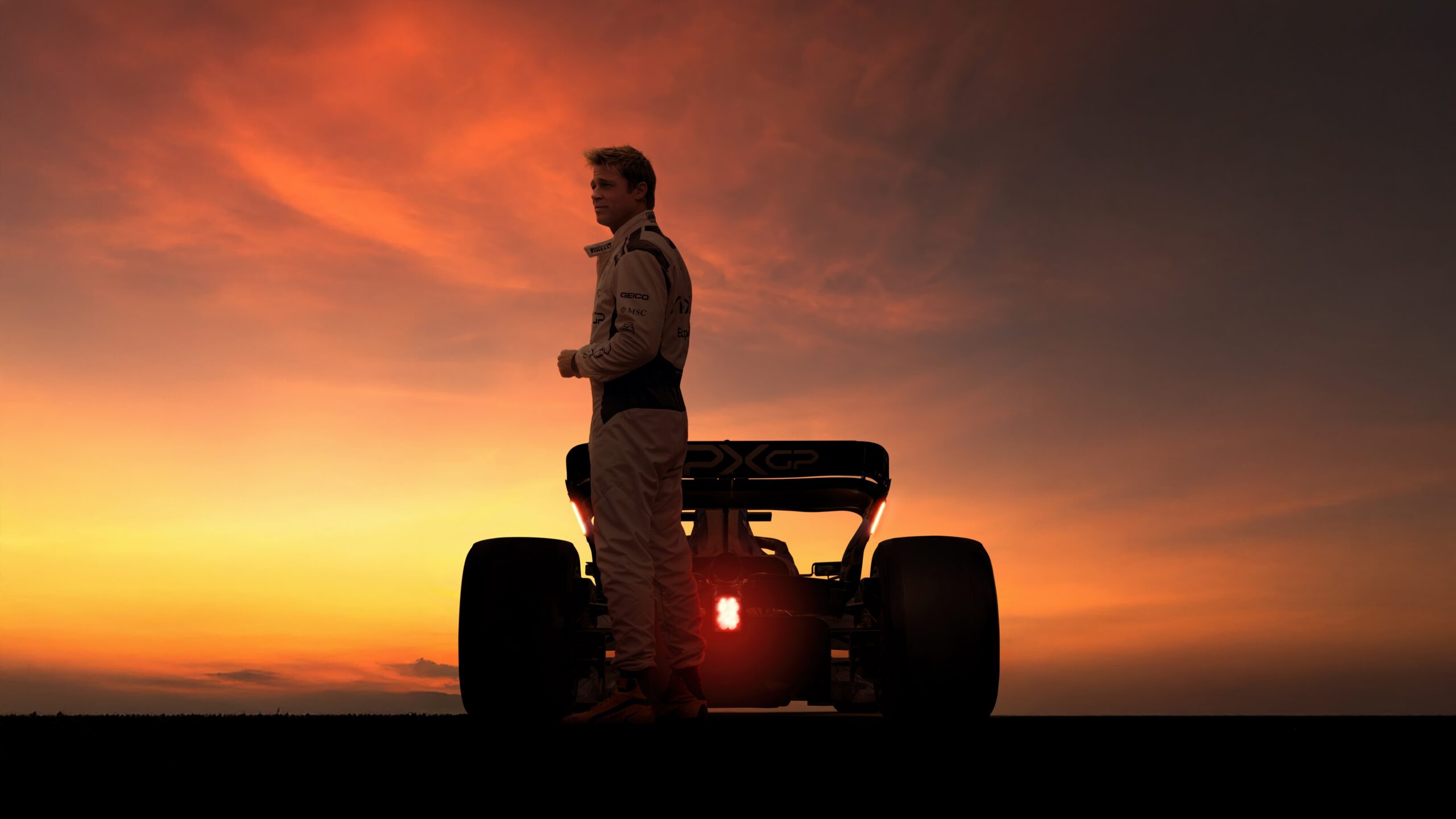
Once considered a niche motorsport with a predominantly European following, Formula 1 has exploded into a global phenomenon in recent years, fuelled in large part by Netflix’s Drive to Survive. F1: The Movie builds on this momentum, delivering cinematic excitement but also a deeply authentic, culturally resonant portrayal of the world of modern Formula 1. The film leverages this unique cultural moment for the sport, using the global fascination inspired by Drive to Survive as a springboard and leaning into what fans love most: real access, real emotion and real racing.
But this is more than just a film – it’s a cultural inflection point. F1: The Movie blurs the lines between sport, entertainment, and storytelling, offering a new blueprint for how sports properties can engage fans beyond the track. It signals a shift from passive sponsorship to active participation in the stories fans care about.
From the first email, when director Joseph Kosinski reached out to seven-time world champion Lewis Hamilton, the vision was clear; to make something real and accurate. Hamilton, who served as a producer, was instrumental in ensuring the film mirrored the identity of the sport. To achieve this, a fictional “11th team” was created, APXGP, fully integrated into the 2023 and 2024 F1 seasons with its own motorhome, garages, team sponsors, and interacting seamlessly with real teams and drivers across specific race weekends. The two lead actors, Brad Pitt and Damson Idris, trained to drive modified F2 cars designed to look and feel like F1 vehicles. This realism, supported by a specially developed camera system tailored to the unique demands of high-speed racing, deliver a radical on-track perspective bringing audiences and fans closer than ever to the speed, precision and experience of Formula 1.
The authenticity of F1: The Movie is amplified further through the film’s commercial integration which mirrors the business engine that drives modern Formula 1. APXGP’s team livery features real sponsors including MSC Cruises, Expensify, SharkNinja, and Tommy Hilfiger – brands that clearly recognise the sport’s growing global influence. These partnerships go beyond simple product placement; they’re part of a larger ecosystem positioning F1 as an ideal platform for premium, lifestyle-driven marketing.
Tommy Hilfiger stands out as a brand that has maximised the sponsorship with a bold activation strategy not only designing the APXGP team suits, but launching a capsule collection inspired by the film. The brand integration reached a new level at the 2025 Met Gala where Damson Idris arrived in a real APXGP car wearing a bespoke Tommy Hilfiger racing suit and a Swarovski-crystal-encrusted helmet. On the red carpet, two assistants performed a “pit stop,” removing Idris’ racing suit to reveal a tailored Tommy Hilfiger suit underneath, aligned to the evening’s theme. The Met Gala appearance was more than just a viral spectacle, it was part of a fully integrated marketing campaign. The APXGP Collection, modelled by Idris, is now being marketed worldwide, with a global out of home and digital campaign rolling out across multiple channels, amplifying brand visibility and connecting F1 to a broader lifestyle audience. The impact of the campaign has been noted by other sponsors, such as Expensify, who also saw a surge in brand engagement following the Met Gala reveal.
These kinds of activations serve as a gateway to new audiences. The Met Gala moment wasn’t just for motorsport fans; it was for culture-watchers, fashion enthusiasts, and digital natives who may have never tuned into a Grand Prix but instantly connected with the spectacle. By tapping into culturally charged moments, F1 and its partners are expanding the sport’s cultural footprint, through moments that feel relevant, shareable, and emotionally resonant across different verticals. As Apple CEO Tim Cook described the film, it’s “the intersection of technology and sport” – and the Met Gala moment exemplified exactly that, where entertainment, fashion, and motorsport collided on a global stage.
Some may also question the risk it poses for brands if the film doesn’t perform well or underdelivers – however, the smartest activations aren’t just betting on box office numbers. They are building campaigns that stand on their own where it isn’t a one-off product placement and are creatively valuable in their own right.
With Hamilton’s guidance, racing integration, revolutionary technology, and real-world commercial partnerships, this film sets a new standard for motorsport storytelling and marketing. F1: The Movie is more than a Hollywood drama. It’s a culturally resonant, deeply authentic celebration of Formula 1 and a global marketing platform expanding the fanbase whilst showcasing the sport’s unmatched opportunity and commercial potential. Additionally, it offers a glimpse into the future of brand storytelling – one where entertainment doesn’t just support sport, but builds the platform itself. The fictional APXGP team wasn’t an add-on: it was engineered from the ground up with brand integration at its core. That gives brands a seat at the creative table from day one, enabling deeper engagement with fans. As the lines between sport, culture, and entertainment continue to blur, F1: The Movie isn’t just a cinematic milestone – it’s a playbook for how brands can show up authentically and drive relevance.